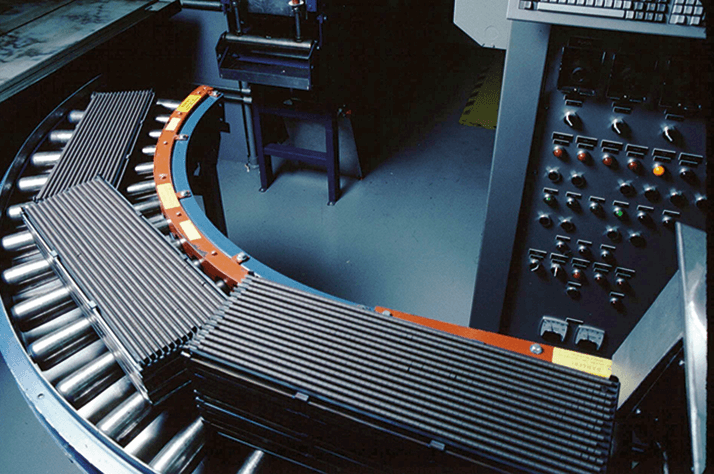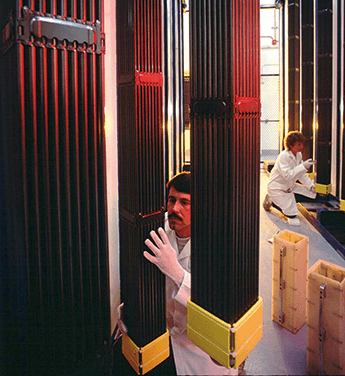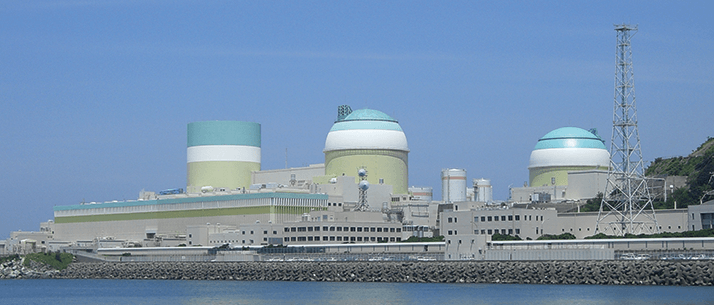

India’s three-stage nuclear power program was devised in the 1954 to deliver energy independence to India, capitalizing on India’s vast thorium reserves (25 percent of the global reserve) and recognizing its limited uranium stocks by using mixed oxides and advanced reactors. During the preparation of these fuels, physical and chemical quality control is critical to produce high-quality and high-performance fuels. Nand Lal Misra and co-workers at the Bhabha Atomic Research Centre (BARC), Mumbai, India, believe they have developed the world’s first method for the direct compositional characterization of (U,Th)O2 solid samples without sample dissolution using total reflection X-ray fluorescence (TXRF) analysis (1).
“Compositional characterization of these fuels by dissolution using conventional techniques is a very cumbersome process involving corrosive chemicals like hydrofluoric acid. With TXRF, the samples can be analyzed almost in a non-destructive manner. It only requires a few nanograms of sample,” explains Misra, who is Head of the X-ray Spectroscopy Section, Fuel Chemistry Division. Indeed, sufficient amounts can be transferred by gently rubbing the (U,Th)O2 samples on TXRF supports or by drying uniform slurry to make a thin film. “Though we assumed that some amount of (U,Th)O2 will be transferred by gently rubbing the samples on supports, we were doubtful about such material transfer in the case of sintered pellets. Surprisingly, we observed a good TXRF spectrum of the specimen prepared from this composition, with quite strong U and Th Lα peaks, ” adds Misra. In fact, the team found that all compositions of (U,Th)O2 produced accurate TXRF spectra; RSD values obtained on replicate measurements were 2.6 percent and the average deviation of TXRF-determined values from the expected values was 5 percent.


Misra believes that the method could be used for characterization of other fuels (carbides, nitrides, and oxides) in different forms (pellets, powders, and microspheres) and notes that it could be equally useful for precious metals or even in forensic applications. However, given the radioactive nature of samples in the nuclear energy industry, the advantages the method brings – low sample amounts, negligible sample preparation, and reduced analytical waste generation – are particularly clear.
References
- S Dhara, P Prabhat, and NL Misra, “Direct compositional characterization of (U,Th)O2 powders, microspheres, and pellets using TXRF”, Anal Chem 87 (20), 10262-10267 (2015). DOI: 10.1021/acs.analchem.5b01824




